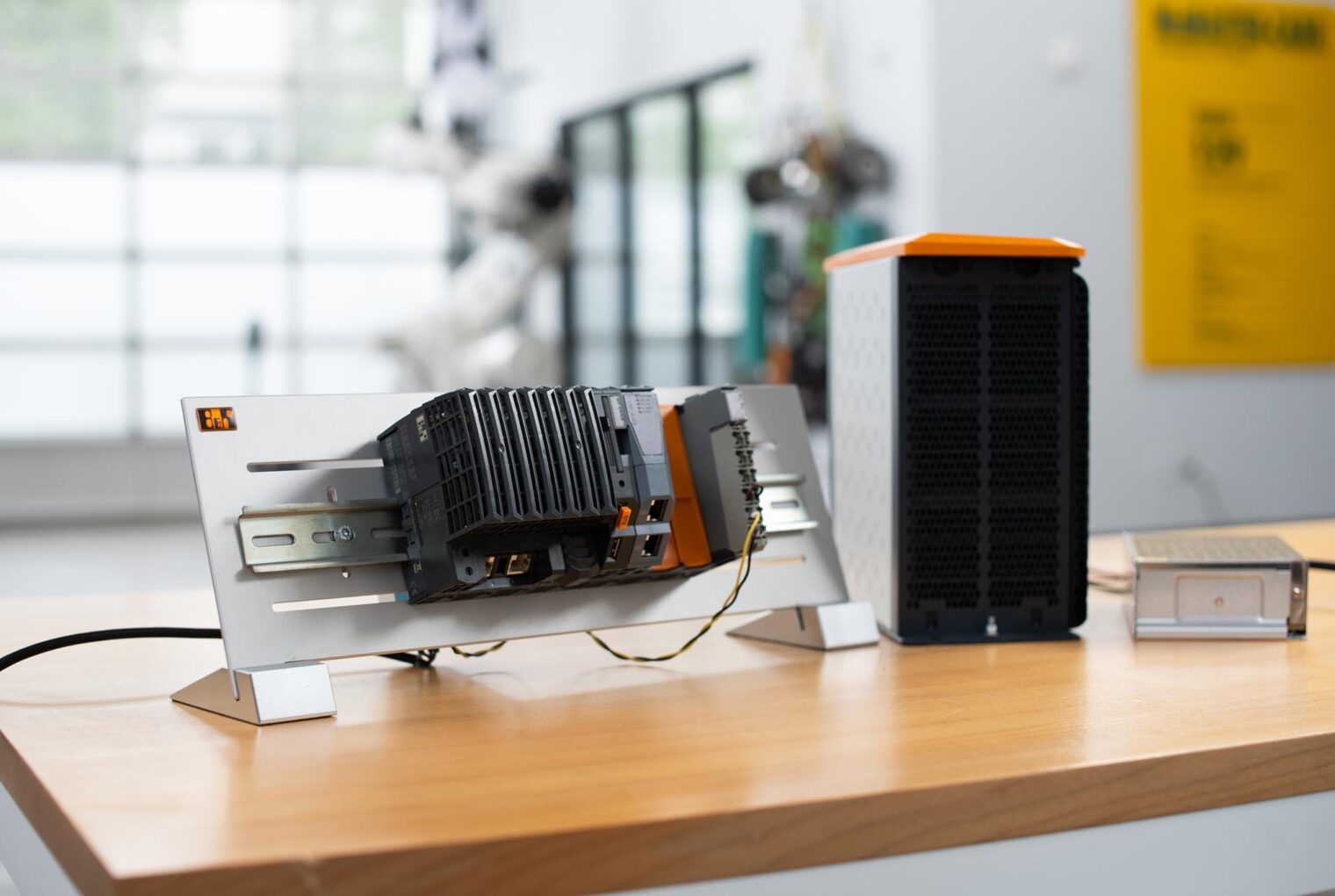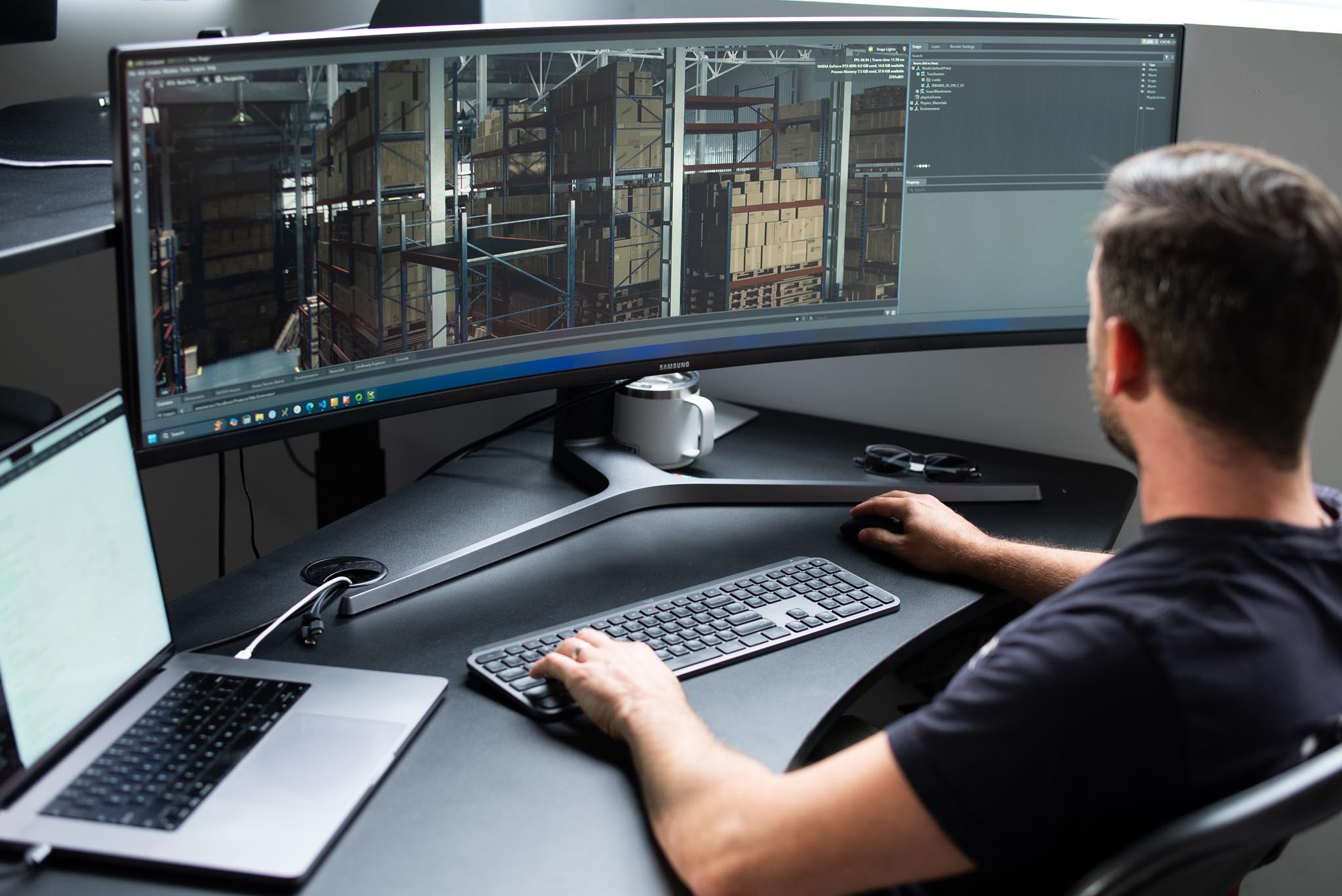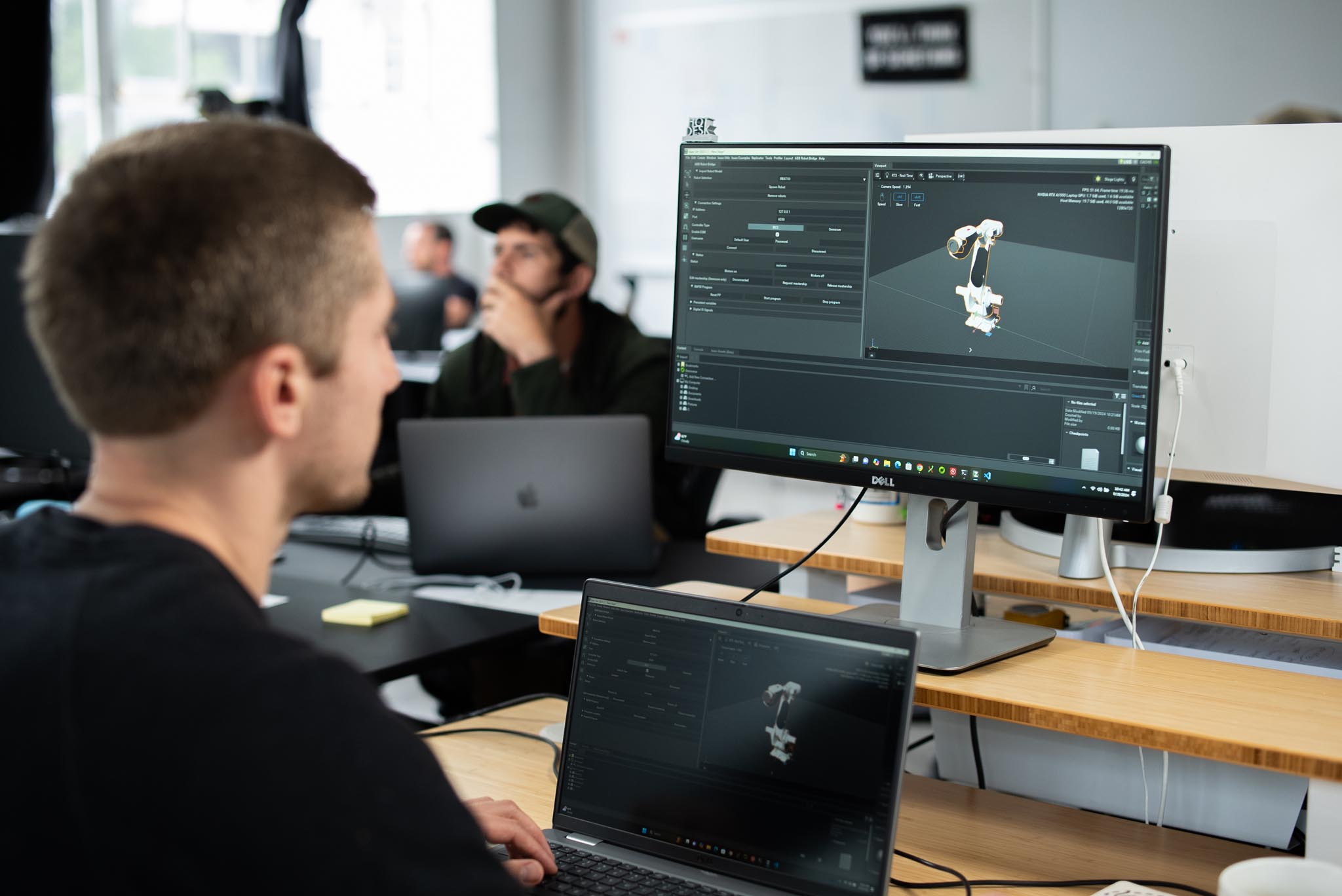Additive Production at Scale
In this Ship in Six case study, learn how we helped an additive manufacturing company scale up their platform from 10 machines to hundreds — delivering a full-stack manufacturing solution at unprecedented speed, precision, quality, and scale.

Our client is an additive manufacturing company, specializing in supplying metal components to the defense, aerospace, medical, and semiconductor industries. We had already collaborated on a few software upgrades, when they came to us with renewed urgency: Having raised more than $300 million in Series C venture funding, they needed to rapidly scale up their platform from 10 machines to hundreds, with factories in every major city.
THE CHALLENGE
Scaling and Innovating Under Pressure
Each of their machines deploys laser beams projected from a gantry and moving quickly back and forth, creating high-tech metal parts layer by layer. While this code base was robust, it necessitated an arduous manual process and multiple operators per machine. The software had been developed under years of intense deadline pressure — until it reached a level of complexity that made it difficult to maintain and build upon, let alone scale. Major challenges included:
- Without the right levels of abstraction from hardware, the application couldn’t be simulated in the B&R software ecosystem. This meant that features could only be tested directly on a machine, which required downtime and led to a much slower pace of development.
- Precise bed leveling is essential to 3-D printing, but it was a real challenge with the legacy system — which included using shims to manually level out the bed.
- Each machine is hermetically sealed with an atmosphere of argon gas (reducing the chance of impurities and part defects), however, they were consuming and releasing so much argon that it was difficult to keep it supplied.
They brought in Ship in Six to engineer the software architecture for a new, simplified machine design.

THE SOLUTION
A Modular Approach to a Complete Overhaul
It became clear that the best way forward was to refactor the code base. Our goals were to build an architecture that was adaptable, modular, and understandable — so that systems could be developed independently, and their team could take immediate ownership.
Under a tight, 18-week deadline, we ran parallel sprints to keep the project on track. We applied our Ship in Six methodology to break up the challenge and sort by priority: starting with system architecture, followed by the riskiest and most important subsystems, and then those with the greatest customer impact. This ultimately included a digital twin, gantry simulation, volume transport, and laser software integration.
By reconfiguring the B&R software ecosystem, we were able to implement digital twin technology and develop a 3-D model for code simulation. This allowed engineers to run machines on a laptop without hardware — simplifying initial machine setup and keeping debugging to a minimum. We also collaborated on a new air lock system, helping them to significantly reduce argon usage. Finally, we leveraged Loupe’s open source tools like Piper & ATN to standardize repeatable building frameworks, and trained their team on the code base so they could start developing features right away.
“By focusing on modular, adaptable architecture, we helped empower the client’s team to take full ownership and scale with confidence.”
Jim Neumann
Head of Shaping, Ship in Six

THE RESULT
A New Standard in Additive Manufacturing
We met our aggressive 18-week deadline, thanks in part to virtual debugging and commissioning via digital twin technology (so that when code was tested on-machine, it often worked on the first try). But more importantly, we also helped revolutionize their system — delivering a full-stack manufacturing solution at unprecedented speed, precision, quality, and scale.
The transformative outcomes of this project are almost too many to number:
- The machines now generate 100x the laser energy of most 3-D printers and produce parts much faster.
- The new airlock system reduced argon usage by 80%
- The previously cumbersome bed-leveling process is now completely automated.
- Changeover time between customer jobs went from 24 hours to 1.5 hours, drastically improving uptime.
- More rapid feature development and testing has greatly reduced commissioning time for new machine setup.
But best of all, we went from four people operating one machine to one person operating four — allowing their team to focus on innovation rather than maintenance, and unlocking exponential opportunities for scale.
Ship in Six is proud to have been a part of this revolutionary project — enabling our client to advance their company, scale effectively, and set a new standard in their industry.